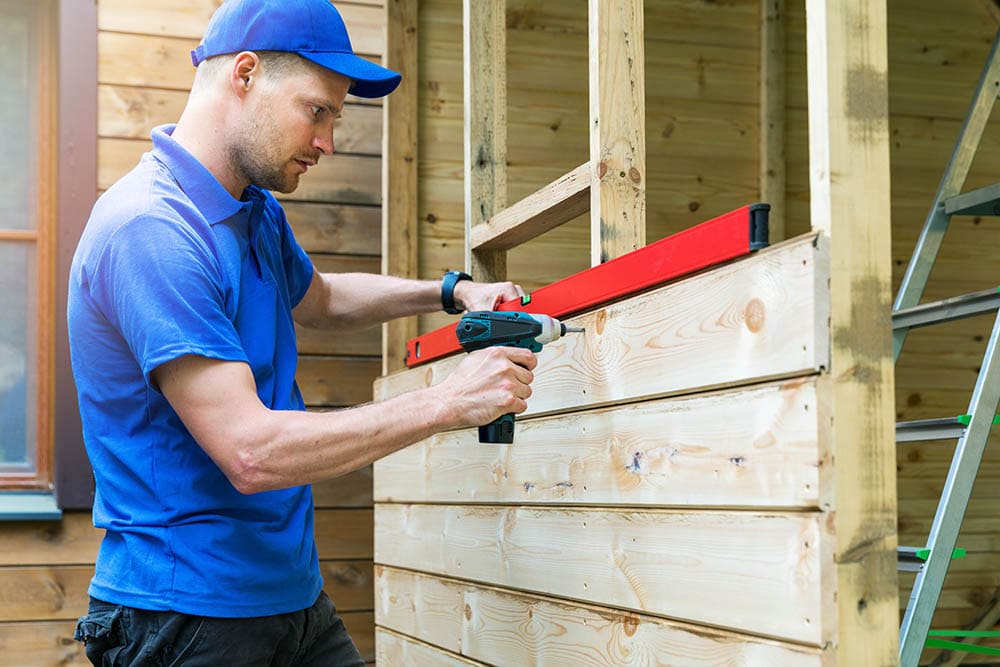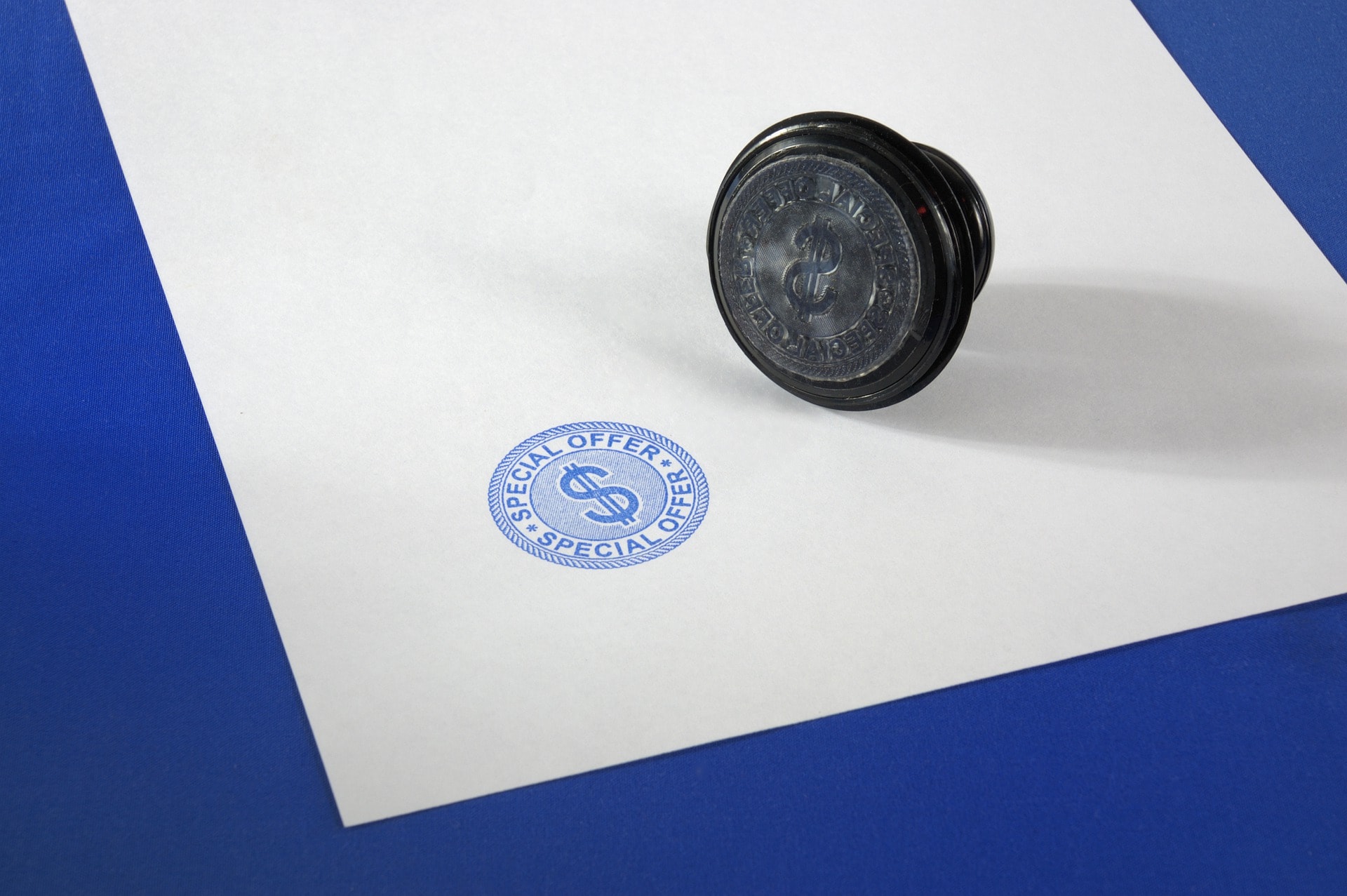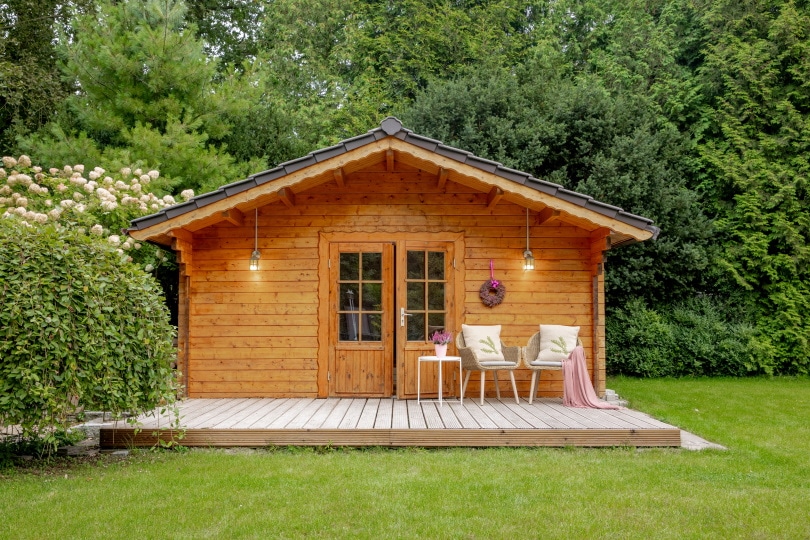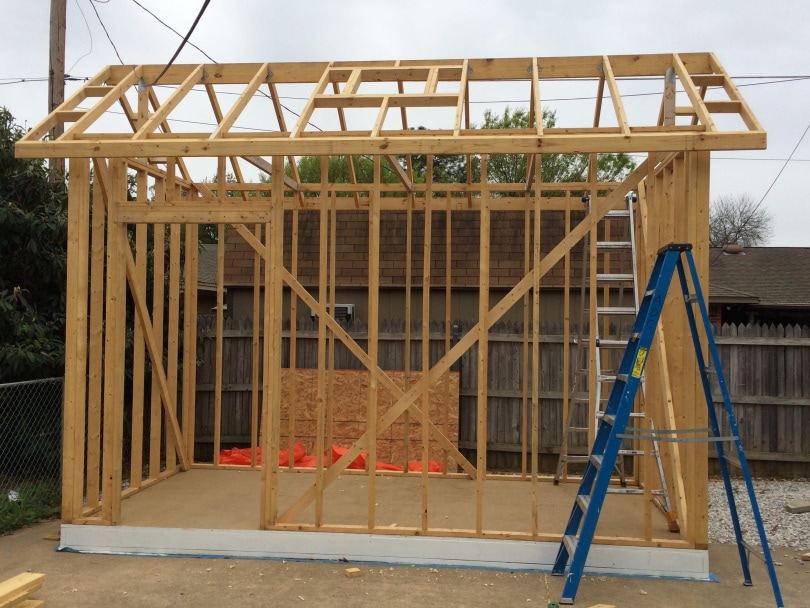How Close To The Property Line Can I Build A Shed? What You Need To Know!
-
Pete Ortiz
- Last updated:

Sheds are extremely useful storage solutions or workspaces, but it’s usually not clear what the requirements for a shed are. For example, how close to the property line can you build one? It depends on your state and municipality, not to mention your local Homeowner Association (HOA). However, usually, it’s about 10 feet away from the back property line and 15 feet away from the side property line.
This number varies a lot, and there are myriad different requirements, caveats, rules, and so on. In general, though, you have to leave some space in between your shed and the neighbor’s property line. Let’s check out some of the most common requirements for sheds, including their relation to your property line.
Shed Rules & Requirements
Do You Need a Permit To Build a Shed?
In most cases, no. Sheds are usually considered non-permanent structures on a piece of property, so they skirt a lot of ordinary building requirements. For a typical 6’ x 8’ shed or an 8’ x 10’, you usually don’t need a permit, but you should check rules for your state, municipality, and HOA (if applicable) before making plans.
As a general rule, sheds as large as 100 square feet or less are typically fine to build without a permit. If you want to build a substantially larger shed than those sizes mentioned, you may run into zoning laws for your area. Always do your research prior to cementing any building plans.

Are There Rules Regarding Where I Can Put a Shed?
In many cases, yes. Some rules state you can only put a shed to the rear of a house, for instance. In other cases, there are often restrictions on how close a shed can be to a house, especially without water or electricity hookups. A minimum distance of 40 feet has been cited in at least one case, but as with everything, it varies.
Shed Considerations
Before planning to build a shed, the first question in your mind should be where a shed should be placed for best results. For example, a shed with power tools and gardening supplies shouldn’t be inconvenient to get to. If you keep all your tools in the shed, it can be annoying to trek back and forth for every minor task.
Another major consideration is lawnmowers, which a lot of people store in their sheds. A larger shed will be necessary for a riding mower versus a push mower, and you’ll need enough room to maneuver it around and into the shed too. Ideally, the shed should also be on flat ground for the easiest access.
Tree branches should be trimmed or out of the way near the shed. Trees can give work sheds some much-needed shade, but low-hanging branches can scrape or weigh on your shed’s roof. You’ll have to figure out if a tree’s shade is worth the hassle of its branches.
Fences should be taken into account, especially if you plan on storing a mower. You’ll need enough room to access all four walls of your shed, inside or outside, as well as maneuver your mower. Putting a shed against a fence is usually a bad idea, regardless of whether it’s conventionally allowed or not.
Finally, your shed shouldn’t be in a low-lying area, because water can collect around it. For wood sheds, this is a rotting death sentence, and even for other sheds, mold can grow. Ideally, you want to put a shed in a relatively uphill position on your property, or at least a place that has decent drainage during storms.

How Tall Can a Shed Be?
There’s no hard limit on how high a shed can be, as long as it’s under a story tall. Because most of us aren’t building multi-story sheds anyway, this isn’t usually a problem. As long as your shed’s vertical dimensions fall within your estimated square footage and aren’t outrageous, you’re fine.
HOA, Sheds, & You
Most homeowner associations have rules regarding sheds, but they vary widely depending on your locale. We’ll list some common HOA rules regarding sheds, but bear in mind that these are just standard rules. You need to ask your HOA what their rules are.

HOA Shed Rules May Include:
- Maximum size rules, commonly 12’ x 12’ or 100 square feet.
- Where sheds can be on your property (i.e., only behind a house)
- Which materials you can use to build your shed
- What colors your shed may be (usually related to your house colors)
- Whether you can construct the shed yourself or not (you may have to go with a prefab)
- Paperwork including plans, drawings, etc.
Featured Image Credit: ronstik, Shutterstock
Contents



